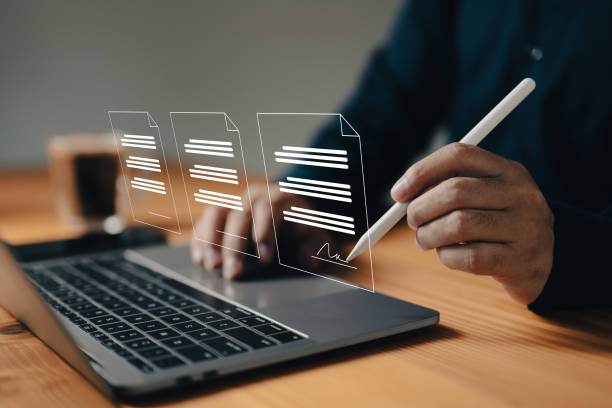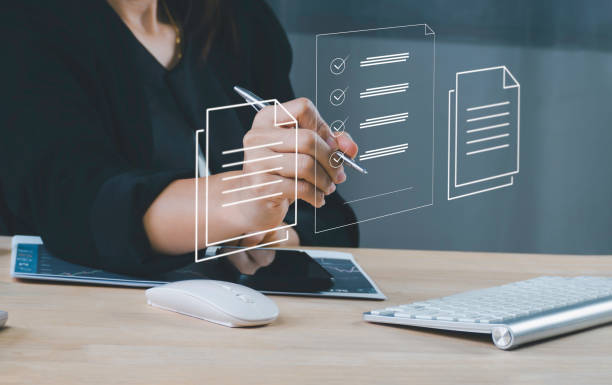What is On-Page SEO and Why Does It Matter?
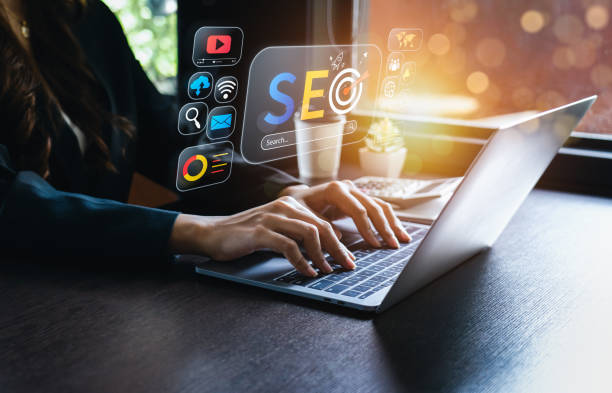
On-Page SEO is the set of actions you take within your website to improve your site’s ranking in search engines like Google.
These actions include optimizing content, site structure, HTML tags, and more.
On-Page SEO is important because it helps search engines better understand your site’s content, and as a result, rank your site in search results.
Without strong On-Page SEO, even with the best content, you may not rank well in Google.
By optimizing On-Page SEO, you can improve your position in search results and attract more traffic to your website.
In other words, On-Page SEO is like the skeleton of a building; if this skeleton is not done correctly and according to principles, no matter how beautiful and attractive the facade of the building is, the building will not be stable.
In today’s online world, the competition to be seen is very intense, and On-Page SEO is one of the key tools for winning this competition.
This process includes optimizing page titles, meta descriptions, using appropriate keywords, improving page loading speed, and creating valuable and relevant content.
As a result, investing in On-Page SEO means investing in the future of your online business.
Are you worried about losing customers if you don’t have a professional online store?
Forget these worries with online store design by Rasaweb!
✅ Significant increase in sales and visitor-to-customer conversion rate
✅ Professional and user-friendly design that earns customer trust
⚡ Get free consultation from Rasaweb
Keyword Research – Finding Hidden Treasures

Keyword research is the cornerstone of any successful On-Page SEO strategy.
You need to know what words your target audience is searching for so you can optimize your content accordingly.
There are various tools for keyword research, including Ahrefs, Moz Keyword Explorer, and Google Keyword Planner.
Using these tools, you can find keywords related to your business, check their search volume, and identify low-competition, high-potential keywords.
When choosing keywords, look for words that are both relevant to your business and have a suitable search volume.
Don’t overlook Long-Tail Keywords; these keywords usually have less search volume, but higher conversion rates.
For example, instead of the keyword “shoes,” use the keyword “buy men’s athletic shoes for running.”
This will help you attract more targeted traffic to your site.
Finally, keyword research is an ongoing process; you should regularly check new keywords and update your strategy based on market changes and user behavior.
Optimizing Title and Meta Descriptions
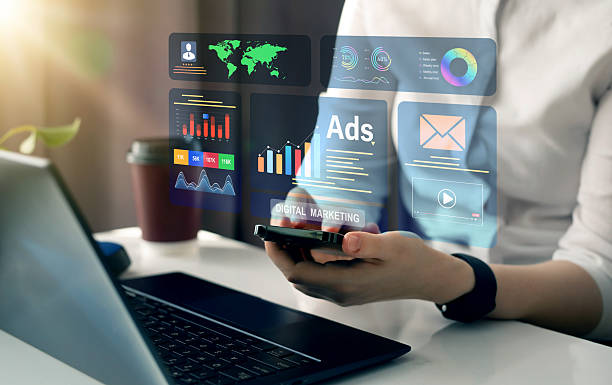
The title and meta descriptions are the first things users see in search results.
An attractive and relevant title can encourage users to click on your link and enter your site.
Meta descriptions should also be a summary of the content of your page and show users what they will gain if they click on your link.
Using keywords in the title and meta descriptions can help search engines better understand the topic of your page.
The best length for a title is between 50 and 60 characters, and the best length for a meta description is between 150 and 160 characters.
Avoid creating duplicate titles and meta descriptions; each page of your site should have a unique title and meta description.
Also, try to write your titles and meta descriptions in a way that is attractive to both search engines and users.
A good title and meta description can significantly increase your site’s click-through rate (CTR).
By increasing the click-through rate, your site will rank higher in search results.
| Element | Best Practice | Reason for Importance |
|---|---|---|
| Page Title | Use the main keyword, attractiveness, appropriate length (50-60 characters) | Attract clicks, improve ranking |
| Meta Description | Content summary, keyword usage, appropriate length (150-160 characters) | Provide information to the user, improve ranking |
Content Optimization – Content is King
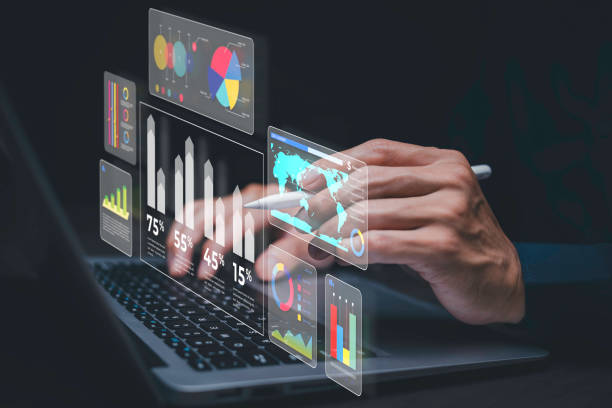
Content is king! This statement still holds true in the world of On-Page SEO.
Quality, valuable, and relevant content can attract users to your site, keep them on your site, and convert them into customers.
When producing content, pay attention to these points:
- Write your content for your target audience, not just for search engines.
- Use keywords naturally in your content.
- Update your content regularly.
- Use images, videos, and other visual elements to make your content more attractive.
- Share your content and ask others to share it.
Also, try to structure your content in a way that is easy to read.
Use headings, subheadings, paragraphs, and lists to organize your content.
This will make it easier for users to quickly find the information they need.
Finally, remember that quality and valuable content is the best way to attract traffic and improve your site’s ranking in Google.
On-Page SEO without great content will not be effective.
Does your current company website present a worthy image of your brand and attract new customers?
If not, turn this challenge into an opportunity with Rasaweb’s professional corporate website design services.
✅ Significantly improves your brand’s credibility and image.
✅ Paves the way for attracting new leads and customers for you.
⚡ Contact Rasaweb now for free and expert consultation!
Image Optimization – A Picture is Worth a Thousand Words

Images can have a big impact on your site’s attractiveness and ranking.
Image optimization includes the following:
- Using high-quality images
- Reducing image size to improve page loading speed
- Using Alt Text for images
- Naming image files with relevant keywords
Alt text helps search engines understand the subject of the image.
Try to write the alt text of your images in a way that is both relevant to the image and includes keywords related to the page.
Also, naming image files with relevant keywords can help search engines understand the relationship between images and page content.
For example, instead of naming an image file “IMG_1234.jpg”, name it “buy-men’s-athletic-shoes.jpg”.
Optimizing images is an important aspect of On-Page SEO and should not be overlooked.
URL Structure Optimization
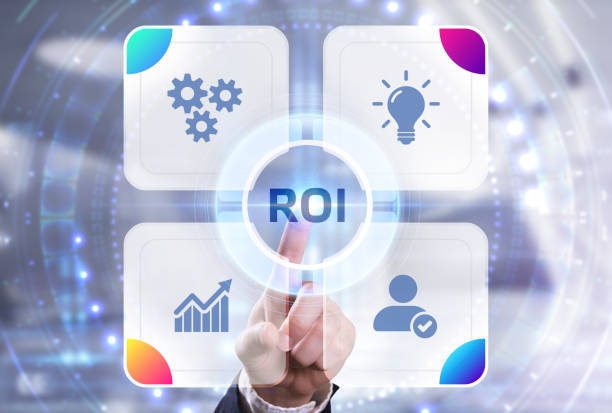
Your site’s URL structure should be logical and understandable.
Short, descriptive URLs that include keywords can help improve your site’s ranking.
Avoid using special characters and numbers in your URL.
Try to design your URLs in a way that is understandable for both users and search engines.
For example, instead of using the URL “www.example.com/page?id=123”, use the URL “www.example.com/blog/seo-internal”.
This URL is both more understandable for users and includes keywords related to the content of the page.
Also, using hyphens (-) instead of underscores (_) in URLs is recommended.
Optimizing URL structure is an important aspect of On-Page SEO that is often overlooked, but it can have a significant impact on your site’s ranking.
Page Loading Speed – Fast and Furious

Page loading speed is one of the important ranking factors in Google.
Users expect web pages to load in a few seconds; if your site is slow, users will leave it and go to other sites.
Google also penalizes slow sites and lowers their ranking.
To improve your site’s page loading speed, you can take the following actions:
- Reduce image size
- Enable Gzip compression
- Use CDN
- Optimize HTML, CSS, and JavaScript code
- Use quality hosting
There are various tools to check your site’s page loading speed, including Google PageSpeed Insights and GTmetrix.
Using these tools, you can identify your site’s speed problems and fix them.
High page loading speed has a direct impact on user experience (UX) and your site’s On-Page SEO.
| Factor Affecting Speed | Optimization Solution |
|---|---|
| Image Size | Reduce size, use optimized formats |
| Code | Optimize HTML, CSS, JavaScript |
| Hosting | Choose quality and fast hosting |
Internal Linking – Creating a Communication Network
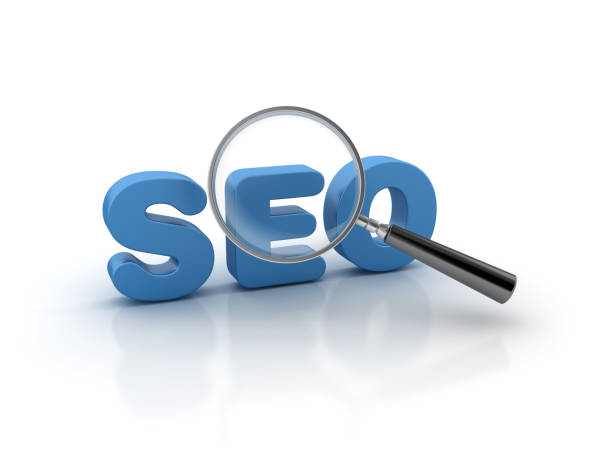
Internal linking means creating links between different pages of your site.
Internal linking can help search engines better understand your site’s structure and identify your site’s more important pages.
Also, internal linking can help users easily navigate your site and find the information they need.
When internal linking, pay attention to these points:
- Use relevant keywords in the link text (Anchor Text).
- Link more to your site’s more important pages.
- Avoid linking to unrelated pages.
- Place links in the main text of the content, not in the sidebar or footer.
Internal linking is an important On-Page SEO strategy that helps improve your website’s structure and accessibility.
By creating appropriate internal links, you can help search engines and users easily navigate your site and find the information they need.
Are you disappointed with the low conversion rate of your online store? Rasaweb turns your online store into a powerful tool for attracting and converting customers!
✅ Significant increase in visitor-to-buyer conversion rate
✅ Unmatched user experience to increase customer satisfaction and loyalty⚡ Get free consultation from Rasaweb!
Site Responsiveness – Compatibility with All Devices
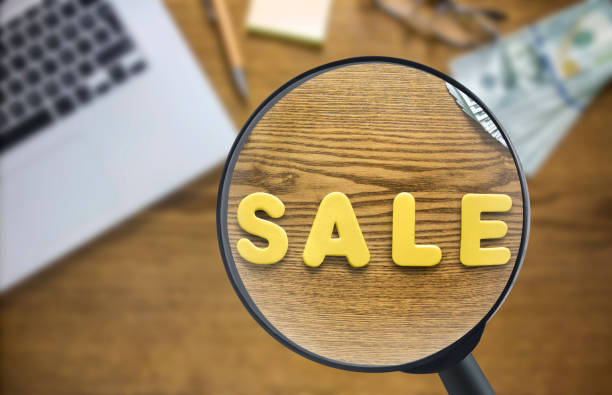
Today, many users access the Internet through their mobile phones.
Therefore, your site must be responsive; that is, it must be designed to display correctly on all devices (computer, tablet, mobile phone).
Google also prefers responsive sites and increases their ranking in search results.
To check your site’s responsiveness, you can use the Google Mobile-Friendly Test tool.
This tool shows you how your site is displayed on mobile phones and what problems it has.
Responsive design is critical for On-Page SEO, as it improves user experience and encourages more users to stay and interact with your site.
User Experience (UX) Optimization

User Experience (UX) refers to users’ feelings and perceptions of your site.
A site with a good user experience is one that is easy to use, enjoyable, and useful.
Google also places great importance on user experience and ranks sites with good user experience in search results.
To improve your site’s user experience, you can take the following actions:
- Keep your site design simple and attractive.
- Make your site’s navigation easy.
- Improve page loading speed.
- Provide quality and valuable content.
- Pay attention to your users’ comments and suggestions.
A good user experience encourages users to spend more time on your site, visit more pages, and become customers.
UX optimization is one of the most important aspects of On-Page SEO, which can have a big impact on the success of your online business.
A site with a suitable UX not only ranks better in Google, but also increases customer satisfaction and increases sales.
Optimizing for On-Page SEO is a great way to improve your site and achieve your goals.
Frequently Asked Questions
| Question | Answer |
|---|---|
| What is On-Page SEO? | On-page SEO involves optimizing elements that are directly under your control and within your website. Its goal is to help search engines better understand the content of the page and improve its ranking. |
| Why is On-Page SEO important? | On-page SEO gives clear signals to search engines about the content of the page, improves user experience, and increases the chances of attracting organic traffic. |
| What are the most important on-page SEO factors? | Keywords, Title Tag, Meta Description, URL structure, quality content, image optimization and internal links are among the most important factors. |
| What is the role of the Title Tag in on-page SEO? | The title tag is one of the most important signals for search engines and users, which specifies the main topic of the page. It should include the main keyword and be attractive. |
| How important is the Meta Description? | The meta description does not directly affect the ranking, but it can improve the click-through rate (CTR) by encouraging users to click. |
| How to optimize images for on-page SEO? | By using a descriptive file name, appropriate Alt Text containing keywords, compression to reduce size, and correct dimensions. |
| What effect do Internal Links have on SEO? | Internal links help search engines discover and index site pages, distribute PageRank across the site, and improve user navigation. |
| Is page loading speed one of the on-page SEO factors? | Yes, page loading speed is a critical factor in on-page SEO and user experience. Slower pages can lead to higher bounce rates and lower rankings. |
| What are the characteristics of quality content for on-page SEO? | Quality content should be comprehensive, unique, relevant, reliable, readable, and fully answer the needs and questions of users. |
| How can keywords be used in content? | Keywords should be used naturally in the title, subheadings, first paragraph, body text and image alt text. Avoid Keyword Stuffing. |
And other services of Rasa Web advertising agency in the field of advertising
Smart Website Development: A dedicated service for growth Increasing click-through rates based on marketing automation.
Smart Reporting: A combination of creativity and technology for digital branding through intelligent data analysis.
Smart Social Media: A fast and efficient solution for campaign management with a focus on customizing the user experience.
Smart Reporting: A creative platform for improving campaign management with custom programming.
Smart Conversion Rate Optimization: A dedicated service for growing user engagement based on Google Ads management.
And more than hundreds of other services in the field of internet advertising, advertising consulting and organizational solutions
Internet Advertising | Advertising Strategy | Advertising Report
Resources
On-Page SEO Optimization from Moz
,On-Page SEO Guide by Semrush
,On-Page SEO Training from Ahrefs
,What is On-Page SEO? – Search Engine Land
? To boost your business in the digital space, Rasaweb Digital Marketing Agency, with expertise in SEO, targeted content marketing and user-friendly website design, is the guide to your path to success.
📍 Tehran, Mirdamad Street, next to Central Bank, South Kazerun Alley, Ramin Alley No. 6


